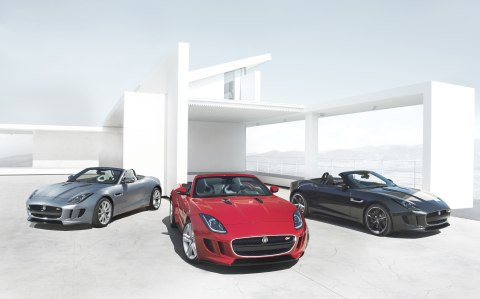

Jaguar revealed its new F-type to guests yesterday at the Musée Rodin in Paris, a day before its originally announced date. The specs of the new F-type, Lucire can reveal today, range from a three-litre V6 developing 340 PS, through a similar unit developing 380 PS, to the five-litre V8 developing 495 PS. Maximum torque for the three engines are 450, 460 and 625 Nm—yet the cars can achieve fuel economy of 31·4, 31·0 and 25·5 mpg (Imperial, combined).
The three models—F-type, F-type S, and F-type V8 S—feature eight-speed Quickshift transmissions, and achieve 0–100 km/h times of 5·3, 4·9 and 4·3 seconds respectively. Top speeds are 260, 275 and 300 km/h. Kerb weight is at 1,597, 1,614 and 1,665 kg, thanks to the F-type’s use of aluminium, including a new aluminium front subframe.
The F-type even features all-aluminium double wishbone front and rear suspension. The aluminium architecture provides what Jaguar says is ‘the stiffest possible underpinnings for the suspension, with rigidity gains of more than 30 per cent in key areas compared to any other Jaguar application.’
‘An active exhaust system, which is standard on the S and V8 S models, adds another dimension of driver-engagement,’ says Jaguar. Valves in the exhaust system open under load, building to a crescendo at the redline, it says.
The two-seater convertibles wear the F-type moniker, linking them clearly to a racing heritage that began with the C-type and the iconic E-type.
Rather than field grand tourers as it had since the E-type went out of production in 1975, Jaguar has returned to the sports car market with a vehicle that is more purposeful, sized somewhere between the Porsche Boxster and 911.
In a press release, Adrian Hallmark, Global Brand Director, Jaguar said, ‘Jaguar is a founder member of the sports car segment with a rich sporting bloodline stretching over 75 years, and in the F-type we’ve reignited that flame. The F-type isn’t designed to be like anyone else’s sports car. It’s a Jaguar sports car—ultra-precise, powerful, sensual and, most of all, it feels alive.’
Stylistically, the F-type features what Jaguar calls two ‘heartlines’ that form the front and rear wings. The heartline starts at the blade dissecting the gills on either side of the grille, going to the front wing, into the door, disappearing at the rear. A second forms the rear haunch, flowing into the tail, where an active rear spoiler is housed. Full LED rear lamps create a new Jaguar design signature, says the company.
Ian Callum, Jaguar’s Director of Design, said, ‘A piece of design should tell a story and this is why every line in the F-type has a start, a direction and a conclusion. If you approach every line individually and get it as æsthetically correct as possible, get the dimensions right, it will stand the test of time.’
Ian Hoban, Vehicle Line Director, said: ‘With the F-type, the Jaguar engineering team focused on delivering greater dynamic driving reward than ever before. To make that a reality, every engineer has had very tough targets to hit: every one of those targets has been met and, in many cases, exceeded, making the F-type a car that delivers precisely the key sporting attributes that we intended.’
The F-type has been inspired by the 2011 C-X16 concept, and appears muscular and sensual. The interior layout, meanwhile, is what Jaguar calls a “one plus one”: it is asymmetric, and focused on the driver. Even the trim materials differ on each side. Controls are grouped by function, inspired by fighter aeroplanes.
The base F-type is priced at £58,500, the S at £67,500, and the V8 S at £79,950.

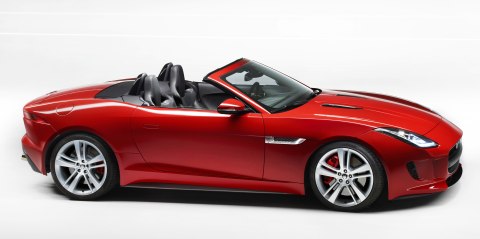
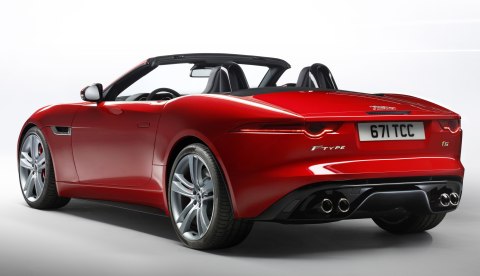
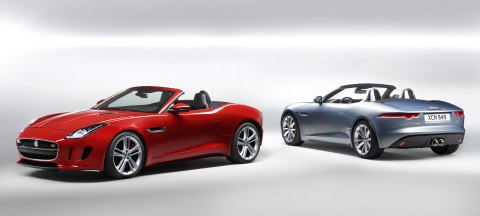

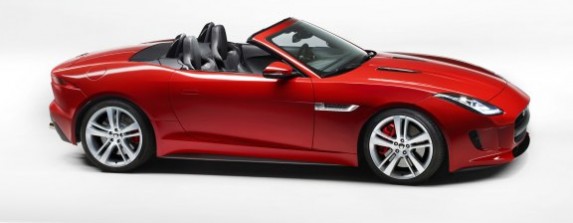
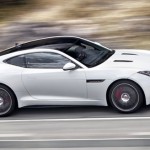

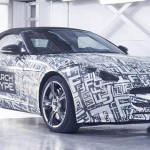
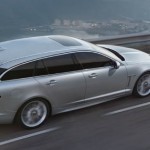



Leave a Reply